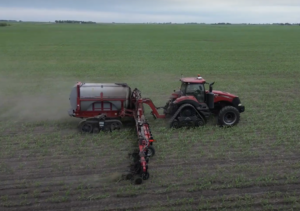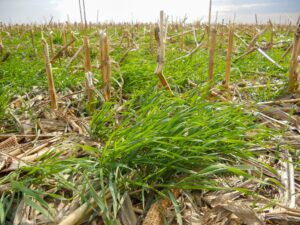By: 4R Plus
August 2021
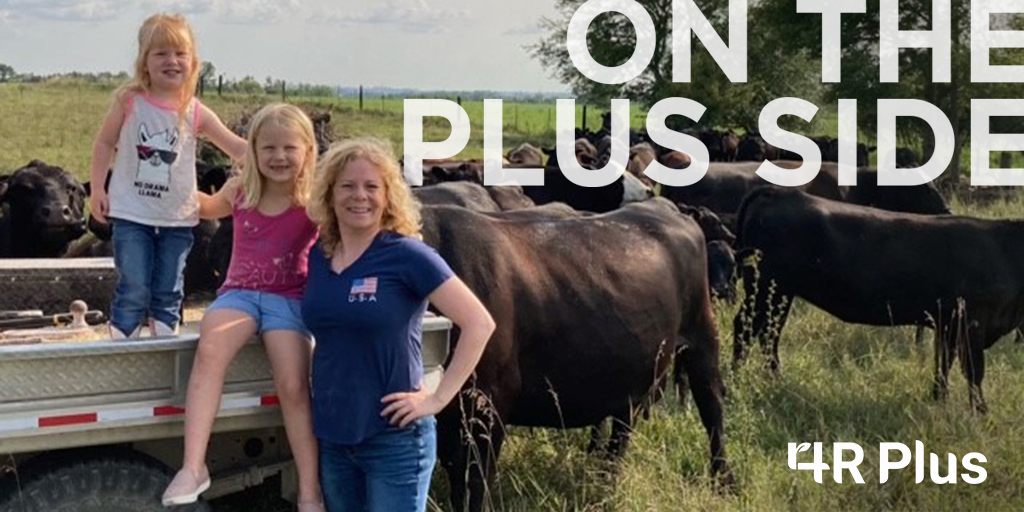
When Liz Pierce joined her new husband, Bret, on his Boone County corn and soybean farm eight years ago, her cow-calf operation was part of the deal. Together, they enjoy the process of discovering how 4R Plus practices like cover crops and no-till complement the cattle enterprise and conserve soil health and water quality.
Bret was well on his way transitioning from traditional tillage. Now the soybeans are no-tilled, and for the first time this spring, some of their corn was planted into rye stubble. “From the standpoint that it was drier than usual this spring, our no-till ground preserved soil moisture better than the tilled ground,” Liz said. “But there were some challenges finding the right seed depth and the ground was hard.”
They will make more adjustments to their corn planter and expand no-till. “We are determined to make no-till work because we recognize the importance of leaving the soil as undisturbed as possible,” she said. “Especially on the soybean fields, when you drive by the no-till fields they might not look as pretty due to the stubble, but the crops more easily uptake moisture and nutrients and we know we’re doing the right thing for the environment.”
Discovering the Plus Side of cover crops
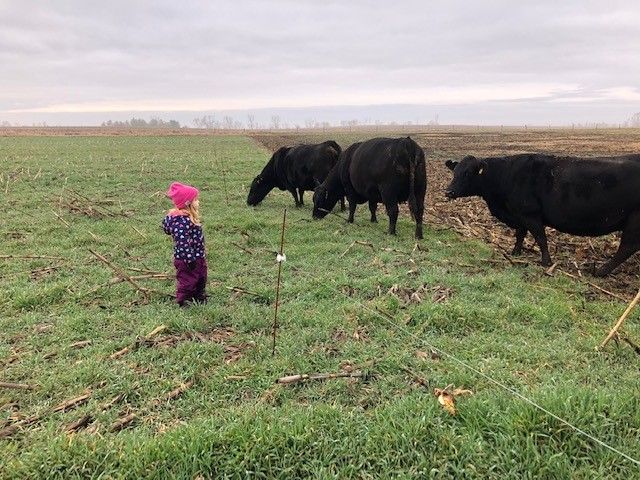
The Pierces started experimenting with cover crops six years ago and gradually expanded acres as they saw the Plus Side multiply. “We have witnessed improvement in the soil’s water-holding capacity and utilize cover crops as a feed source for the cattle,” she said. “There is also a definite weed control benefit, as our fields with cover crops require less herbicide.”
They were thankful for their experience with cover crops when the 2020 derecho took down a large portion of their corn crop. “It was a challenging year,” Liz said. “We did controlled grazing on the downed corn by moving an electric fence 10 feet every day to limit the cows’ daily intake.
“We flew cover crops on in late summer and early fall and had a good establishment,” she said. “This spring, we let the cows back out to graze the cover crops as long as possible to preserve pasture because of the dryness. They got a good mix of stover, volunteer corn from the derecho and rye.”
This spring, soybeans were planted on some fields into the rye after it was grazed and then the cover crop was terminated. “On those fields we had less volunteer corn,” she observed. “We planted a lot more cover crops last fall because of the derecho and moving forward, plan to seed cover crops on as many acres as possible.”
Keeping landlords engaged with conservation plans
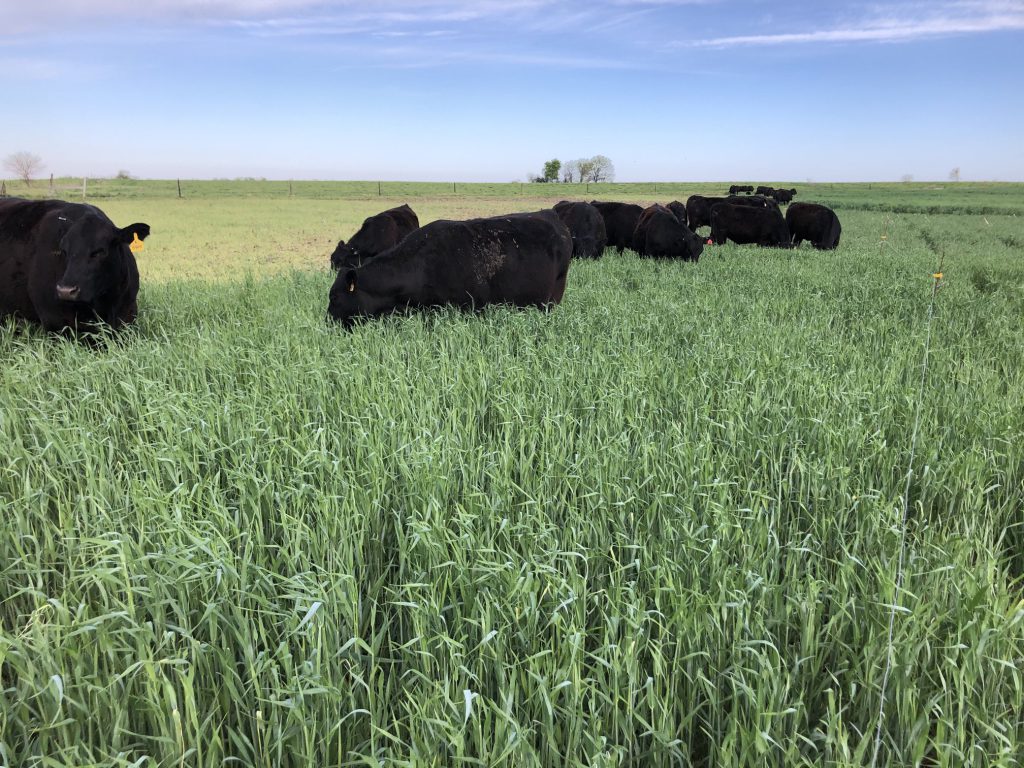
The Pierces’ determination to constantly improve the soil pleases their landlords. “We’re not here just to farm a piece of ground for a couple of years and turn it over,” she said “We treat the rented land as if it was our very own and want to do all we can to improve the soil.
“As a farmer, we’re put here to take care of the animals and the land and we really enjoy it,” she added. “It’s rewarding to learn new things together and witness the progress that is being made to soil health while protecting water quality.”
The couple stays in regular communication with their non-operating landowners about the progress they are making and their plans for the future. “We approach them like we are on the same team and want to be the agent of change for the better,” Liz said. “We know we might not reap all the benefits from the 4R Plus practices that we use on rented land, but we feel good about protecting their investment.”
Preparing for the future
The Pierces encourage farmers to attend field days and talk to other farmers utilizing no-till and cover crops – or whatever practice they are interested in adding to their farm. “The benefits of cover crops multiply through the years,” said Liz. “Start small and expand as you become comfortable. And remember that no two years will be the same, so be prepared to adjust. It’s a learning process, but it’s rewarding to see the soil improve.”


